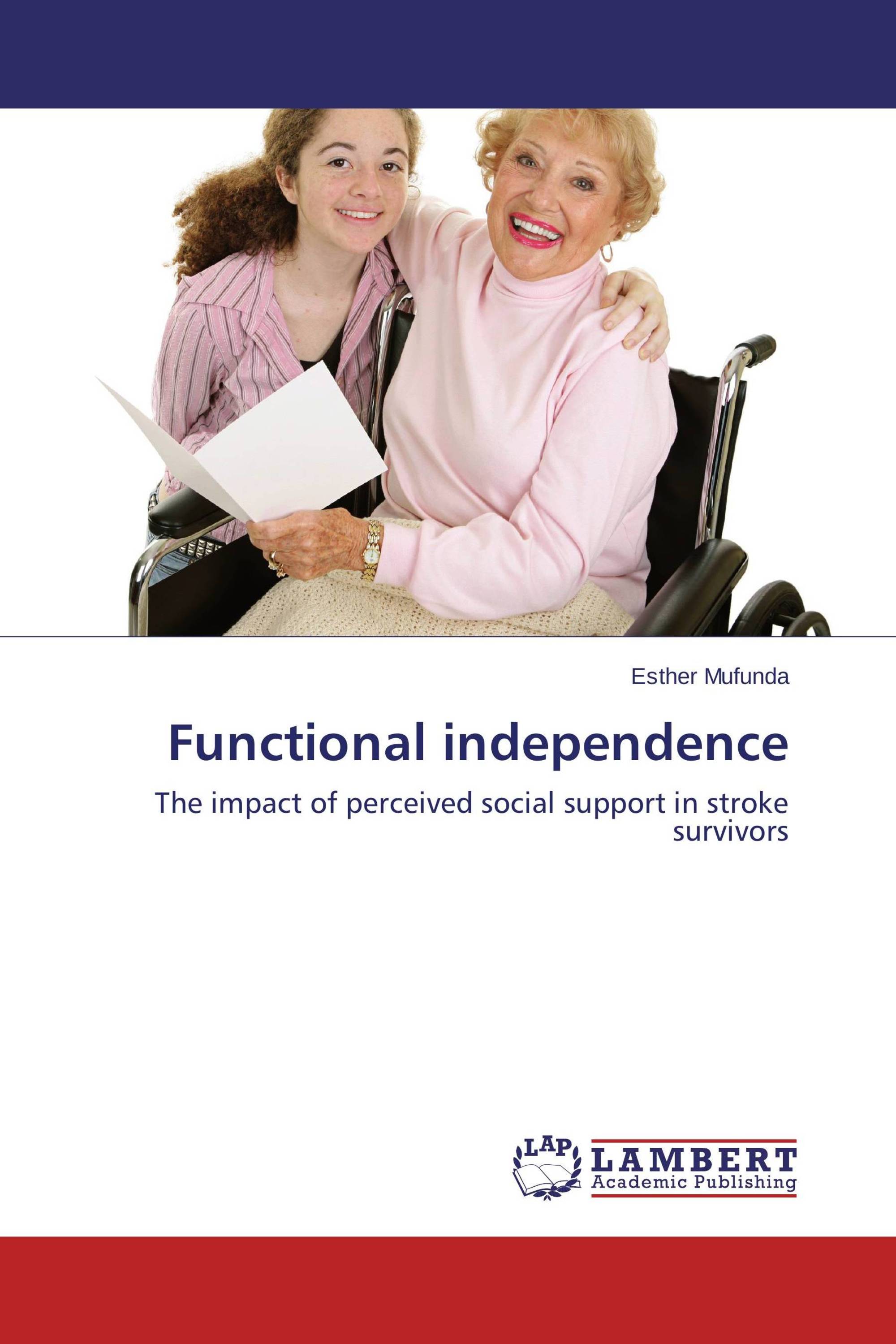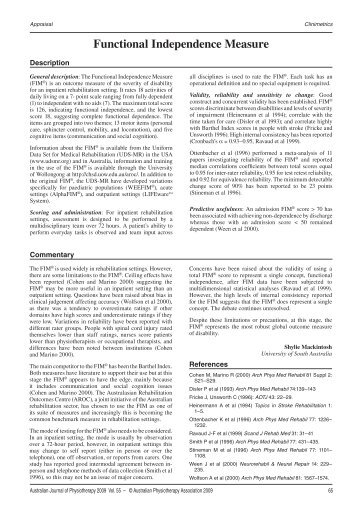
Additionally, the mRS and BI focus on the assessment of body function and activity however, they are limited in assessing family and social participation ability ( 11), which is one of three components in the international framework for classifying functional disability ( 12). For example, a previous systematic review indicated that the BI score is linear ranging from 0–100, its subtle fluctuation is not of clinical significance and is difficult to interpret ( 7, 10). However, some limitations of the mRS and BI quantified when implemented in the clinical rehabilitation field have been identified. Accumulative studies have indicated that the mRS and BI had excellent reliability, adequate validity, and responsiveness, which are recommended as the primary tools to explain the functional outcome of stroke survivors ( 6– 9). The BI consists of 10 items, including bowel control, bladder control, grooming, toilet use, feeding, transfers (bed to chair and back), mobility (on level surfaces), dressing, stairs, and bathing ( 6). The mRS defines seven grades of functional disability, from 0 indicating “no symptoms at all” to 6 indicating “death” ( 4, 5). The modified Rankin Scale (mRS) and Barthel Index (BI) are the most widely used assessment tools for functional outcomes in stroke patients ( 3). Appropriate assessment of functional outcomes is beneficial to provide individualized rehabilitation treatment and evaluate the corresponding therapeutic effect ( 2). Improving the post-stroke disability and functional independence has been the core rehabilitation content among stroke patients ( 2).


Stroke leads to a range of unfavorable functional outcomes ( 1). Although LS was a less precise was to determine moderate and severe levels than BI, it is much simpler and more convenient to be applied to a large-scale population. In the community group, LS cutoff scores with the highest sum of sensitivity and specificity were 9, 9, and 8 for mRS grades 0, 1, and 2, respectively, while the BI cutoff scores with the highest sum of sensitivity and specificity were 100, 100, and 95, respectively, while the AUCs for the ROC curve were 0.697 and 0.735 for mRS 2, 0.694 and 0.716 for mRS 1, and 0.628, and 0.660 for mRS 0.Ĭonclusions: The mRS is more precise to determine mild functional disability, whereas BI can provide more specific information on moderate and severe levels in stroke patients. In the domestic group, LS and BI cutoff scores with the highest Youden's index were 5 and 65 for mRS 3, and the AUCs for the ROC curve were 0.796 and 0.826 for mRS 3. Results: In the bedridden group, LS and BI cutoff scores with the highest Youden's index were 5 and 10 for mRS 4, and the AUCs for the ROC curve were 0.848 and 0.863 for mRS 4. We also plotted the receiver operator characteristic (ROC) curves of sensitivity and specificity and determined the area under the curve (AUC). The optimal cut-off scores of the LS and BI according to the mRS were identified via sensitivity, specificity, and Youden's index and stratified by different levels of functional disability determined by LS. Stroke patients were categorized into bedridden, domestic, and community groups in advance using the LS, indicating severe, moderate, and mild functional disability, respectively. Methods: The mRS, BI, and LS were applied to evaluate functional independence and disability in 7364 stroke patients in a multi-center cross-sectional study. This study aimed to identify the optimal cutoff scores of LS and BI according to the mRS in Chinese stroke patients with different levels of functional disability. However, the disagreements in functional outcomes assessed by the mRS, BI, and LS are misleading, particularly in stroke patients. The Longshi Scale (LS), a novel pictorial-based instrument, was designed to improve the simplicity and convenience of measuring functional outcomes in the Chinese context. Introduction: The modified Rankin Scale (mRS) and Barthel Index (BI) are widely used to measure functional outcomes worldwide. 2Department of Rehabilitation, Shenzhen Dapeng New District Nan'ao People's Hospital, Shenzhen, China.1Department of Rehabilitation, Shenzhen Second People's Hospital, The First Affiliated Hospital of Shenzhen University, Shenzhen, China.

Xiangxiang Liu 1,2 †, Mingchao Zhou 1 †, Jingpu Zhao 1 †, Yan Gao 1, Yao Wang 2, Jing Zhou 1, Li Wan 1, Guohui Nie 1,2 * and Yulong Wang 1,2 *


 0 kommentar(er)
0 kommentar(er)
